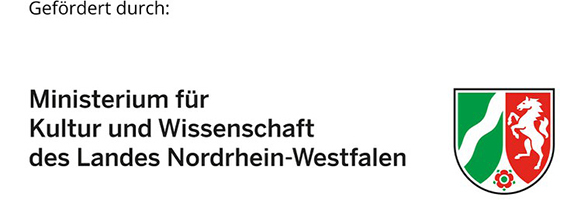Mechanical simulation model for verifying the feasibility of the minimal residual acceleration during the free-fall phase in the Einstein-Elevator
DOI:
https://doi.org/10.2195/lj_Proc_lotz_de_201310_01Keywords:
Einstein-Elevator, mechanisches Ersatzmodell, Mehrkörpersystem, geringe RestbeschleunigungAbstract
The Einstein-Elevator is a customized application of a classical drop-tower. A drop-tower is a structure that reproduces zero-gravity conditions for scientific experiments. These experiments are carried out inside a large vacuum chamber, which is dropped without the application of external forces. The major drawback of the established drop-tower technology is the low number of permissible experiments per day, mainly due to the time-consuming preparation of the vacuum. The Einstein-Elevator drastically decreases the necessary time for an individual experiment and moreover increases the quality of the reproduced zero-gravity conditions, thanks to the worldwide unique drive- and guide-concept. To investigate the achieved quality of the Einstein-Elevator, a mechanical simulation model was developed to study the behavior of the minimal residual acceleration during the free-fall phase.Downloads
Published
2013-10-16
How to Cite
Lotz, C., & Overmeyer, L. (2013). Mechanical simulation model for verifying the feasibility of the minimal residual acceleration during the free-fall phase in the Einstein-Elevator. Logistics Journal: Proceedings, (9). https://doi.org/10.2195/lj_Proc_lotz_de_201310_01
Issue
Section
Artikel








